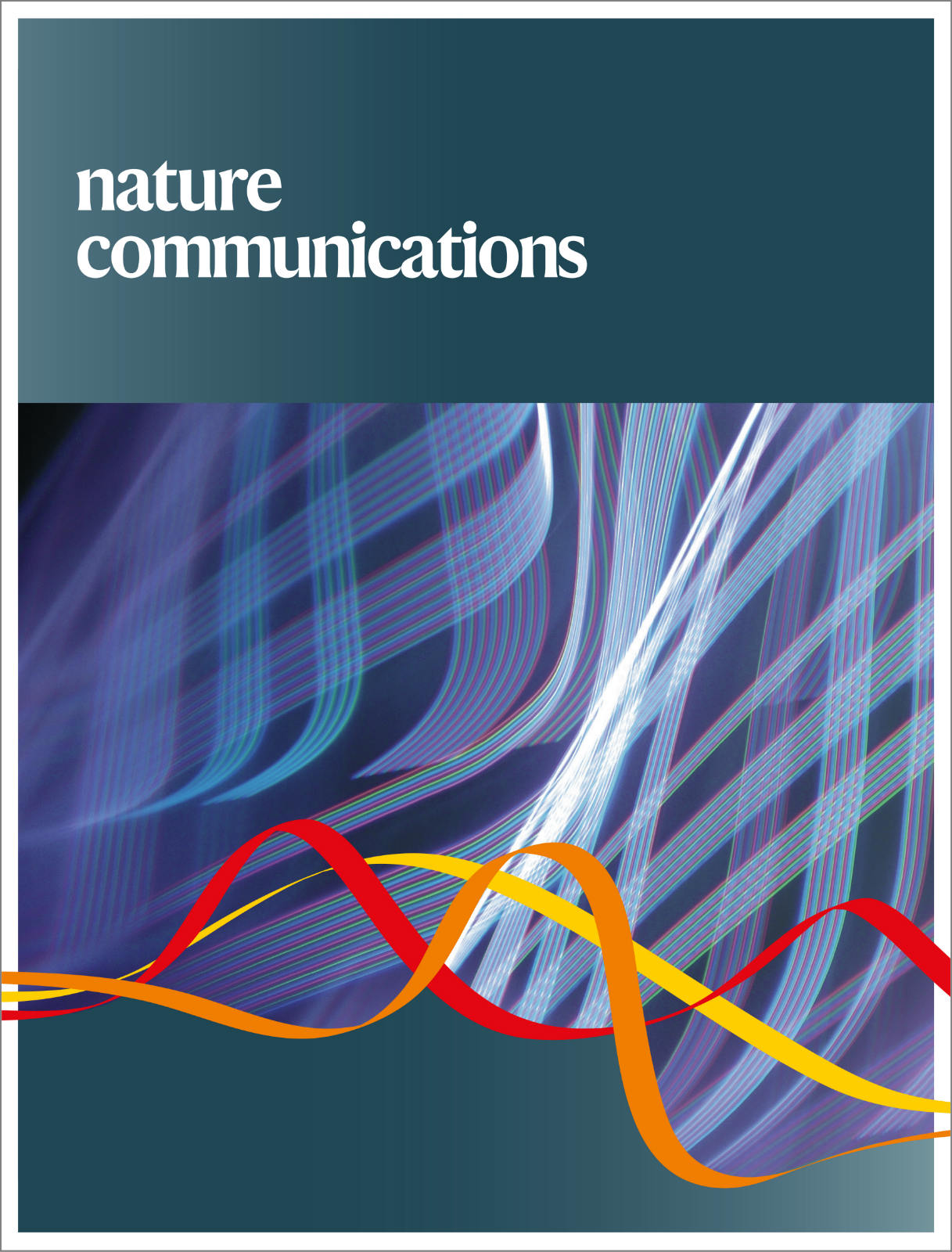Flexible self-rectifying synapse array for energy-efficient edge multiplication in electrocardiogram diagnosis.
IF 15.7
1区 综合性期刊
Q1 MULTIDISCIPLINARY SCIENCES
引用次数: 0
Abstract
Edge computing devices, which generate, collect, process, and analyze data near the source, enhance the data processing efficiency and improve the responsiveness in real-time applications or unstable network environments. To be utilized in wearable and skin-attached electronics, these edge devices must be compact, energy efficient for use in low-power environments, and fabricable on soft substrates. Here, we propose a flexible memristive dot product engine (f-MDPE) designed for edge use and demonstrate its feasibility in a real-time electrocardiogram (ECG) monitoring system. The f-MDPE comprises a 32 × 32 crossbar array embodying a low-temperature processed self-rectifying charge trap memristor on a flexible polyimide substrate and exhibits high uniformity and robust electrical and mechanical stability even under 5-mm bending conditions. Then, we design a neural network training algorithm through hardware-aware approaches and conduct real-time edge ECG diagnosis. This approach achieved an ECG classification accuracy of 93.5%, while consuming only 0.3% of the energy compared to digital approaches, highlighting the strong potential of this approach for emerging edge neuromorphic hardware.用于心电图诊断的高效边缘乘法的柔性自整流突触阵列。
边缘计算设备在数据源附近生成、收集、处理和分析数据,可以提高数据处理效率,提高实时应用或不稳定网络环境下的响应能力。为了在可穿戴和皮肤附着电子产品中使用,这些边缘设备必须紧凑,节能,适用于低功耗环境,并且可在软基板上制造。在这里,我们提出了一个灵活的记忆性点积引擎(f-MDPE)设计用于边缘使用,并证明其在实时心电图(ECG)监测系统中的可行性。f-MDPE包括一个32 × 32的横杆阵列,在柔性聚酰亚胺衬底上包含一个低温加工的自整流电荷阱记忆电阻器,即使在5毫米弯曲条件下也具有高均匀性和强大的电气和机械稳定性。然后,采用硬件感知方法设计神经网络训练算法,进行实时边缘心电诊断。该方法实现了93.5%的心电分类准确率,而与数字方法相比仅消耗0.3%的能量,突出了该方法在新兴边缘神经形态硬件方面的强大潜力。
本文章由计算机程序翻译,如有差异,请以英文原文为准。
求助全文
约1分钟内获得全文
求助全文
来源期刊

Nature Communications
Biological Science Disciplines-
CiteScore
24.90
自引率
2.40%
发文量
6928
审稿时长
3.7 months
期刊介绍:
Nature Communications, an open-access journal, publishes high-quality research spanning all areas of the natural sciences. Papers featured in the journal showcase significant advances relevant to specialists in each respective field. With a 2-year impact factor of 16.6 (2022) and a median time of 8 days from submission to the first editorial decision, Nature Communications is committed to rapid dissemination of research findings. As a multidisciplinary journal, it welcomes contributions from biological, health, physical, chemical, Earth, social, mathematical, applied, and engineering sciences, aiming to highlight important breakthroughs within each domain.
 求助内容:
求助内容: 应助结果提醒方式:
应助结果提醒方式:


